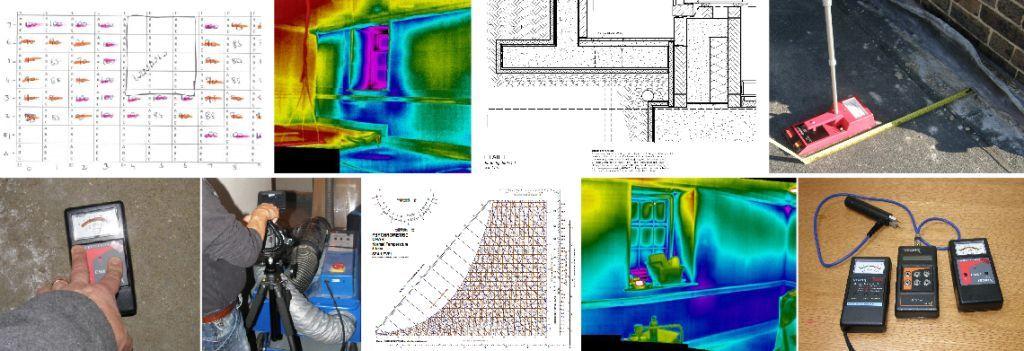We have a unique non-destructive thermographic approach for locating moisture and leak tracing using thermal cameras and other tools.
A thermal imaging camera is an incredibly versatile tool for helping diagnose moisture related problems in buildings. It is often used as the first step in a structured approach to identifying if excessive moisture is located in parts of buildings, and if so where and why. Using the physical properties of water and other building materials ScanTherm can find both surface moisture and often hidden moisture below an impervious surface. With an understanding of building science, psychrometry, infrared thermography techniques and a structured process we can solve problems non-destructively relating to:
- Building envelope leaks (wall leaks, floor leaks, roof leaks, basement leaks, fenestration leaks)
- System leaks (heating pipes, supply and waste pipes)
- Underfloor heating and buried pipes leaks
- Condensation and mould
- Fire and flood restoration and drying
We use highly sensitive infrared thermal cameras for leak detection in a structured process with a wide range of other tools and equipment to get to the bottom of problems which others have failed to solve.
It is always important to verify what is thought to be moisture IS in fact moisture so we are equipped with a wide range of the best and most specialised NON-DESTRUCTIVE moisture meters on the market which can measure in some cases up to 150mm deep into building materials. A combination of infrared cameras, thermal hygrometers, data-loggers and moisture meters can be very powerful in solving water leak problems and also air-borne water and condensation related problems.
We have many years experience of “moisture mapping” – that is the process of building a 2- or 3-dimensional profile of moisture in roofs, walls and floors. When used in conjunction with thermal imaging and data logging of air conditions inside and outside the building, the reasons for moisture movement and paths of moisture movement can be deduced in scientific terms.

